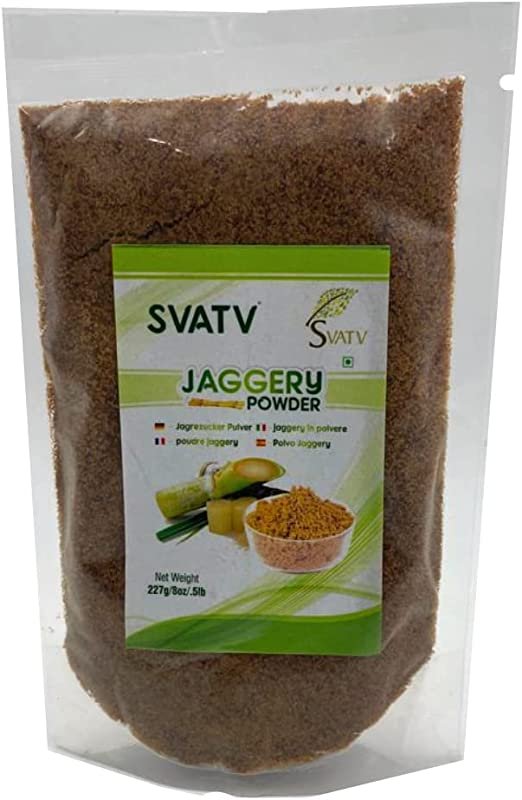VIJAYAWADA: Compared to sugar, jaggery has more nutritional and medicinal values. But sugar has an advantage as it is in granular form, making it easy for packaging and convenient for use. Thanks to an innovative technology developed as part of the All India Coordinated Research Project on Post-Harvest Engineering and Technology (AICRP on PHET) at the Regional Agricultural Research Station of ANGRAU at Anakapalle, jaggery is also available in granular form now. The RARS got a patent for the innovative technology developed by it on March 12, 2021.
The patented technology ‘Machinery and Process of Manufacturing of Cane Jaggery in Crystal Form’ has been transferred to five companies on non-exclusive basis. They include Vowel Technologies in Maharashtra, Chakravarthy Agro Foods Private Limited in Tirupati, KVL Bio Products Private Limited in Secunderabad, Jayalakshmi Agro Industries and Shubham Foods India Private Limited in Visakhapatnam. The companies are getting ready for commercial production of jaggery in granular form.
Speaking to TNIE, Dr PVK Jagannadha Rao, principal scientist (agricultural engineering) at the RARS, Anakapalle, who developed jaggery granulator and other machinery used to produce jaggery in crystal form, said India accounts for 60 per cent of the world production of jaggery, followed by Columbia with 13 per cent share. “Jaggery is better than sugar because 99.9 per cent of sugar contains sucrose, which is carbohydrate, while jaggery has 80-85 per cent of sucrose, 10-12 per cent of glucose and fructose. Most importantly, it contains reducing sugars, proteins, fat and minerals, including iron, calcium, magnesium and phosphorus, besides vitamin A and other nutrients. Medicinally, jaggery is far superior to sugar,” he explained.
For that very reason, pregnant women and new mothers are given food prepared using jaggery as iron and calcium in it is good for blood production and bone health. Jaggery also helps in reducing atmospheric pollution. It is a common practice for those working in textile factories, coal mines, pharmaceutical companies and cement factories to consume jaggery after the end of their day’s work. But unfortunately, jaggery production which was 50 per cent earlier on par with sugar, has come down to 13.2 per cent in the country now. The reason is short shelf life of jaggery compared to sugar. The inherent moisture content in the traditionally produced solid blocks of jaggery leads to development of microbes causing its spoilage.
Its shelf life is limited to 3-4 months, he said. “With our innovative technology, the moisture content in granular jaggery has come down to 1-2 per cent, which increases its shelf life to 18-24 months, allowing it to be exported,” said Dr S Ramakrishna Rao, another scientist with ANGRAU who has been working on the process of granulating jaggery since 1994. Because of the high moisture content, 10-15 per cent of jaggery is lost and in monetary terms it is worth `800 crore per annum. Now, the government is planning to set up incubation centres with funding under PMFME to increase jaggery production.
The above news was originally posted on www.newindianexpress.com





